(4 min read) Ramesses II’s colossal temples at Abu Simbel — relocated in a stunning 1960s engineering feat — showcase the peak of Egyptian royal propaganda, carved into Nubian cliffs.
Overview
The temples of Abu Simbel might not look like a museum, but if one of the main features of a museum is looking at artifacts outside of their original context — not an intended or welcome feature, but an inevitable one — then Abu Simbel certainly qualifies as one of the most remarkable outdoor museums in the world.
For, in 1968, these two massive rock-cut cave temples were saved from flooding during the construction of the Aswan dam by cutting them up into 20-ton blocks and moving them to higher ground over 600 feet (200 meters) away.
This huge UNESCO rescue operation was fitting, in a way, because the temples themselves were originally built as a monuemental show of Egyptian force. Ramesses II (aka Rameses the Great) carved these monuments directly into the cliffs around 1264 BCE, at the height of Egypt’s New Kingdom power, specifically to project dominance over Nubia — the land of gold that Egypt had conquered and was determined to keep.
Anyone traveling north on the Nile from the heart of Africa would round a bend and suddenly confront these colossal images of the pharaoh, an unmistakable message about who ruled this stretch of river. The temples weren’t just religious sites; they were propaganda carved in stone, designed to awe both Egyptian officials and Nubian populations into submission.
The Great Temple
The larger temple overwhelms through sheer scale and relentless royal imagery. Four 65-foot seated colossi of Ramesses dominate the facade, with the falcon-headed sun god Ra-Horakhty standing in the central niche above the entrance. Before you even enter, reliefs of bound captives march along the base — defeated enemies literally underfoot.
Inside, the temple follows a tpyical Egyptian temple plan with progressively smaller chambers, each of which becomes a showcase of Egyptian royal iconography. Smiting scenes show Ramesses crushing Egypt’s foes in the traditional pose that stretched back to the very first pharaohs, while coronation scenes depict Horus and Thoth legitimizing his divine rule.
The inner sanctum houses four seated gods carved from the living rock — Ptah, Amun-Ra, the deified Ramesses himself, and Ra-Horakhty — with Ramesses claiming equality among Egypt’s greatest deities. Twice yearly, the rising sun penetrates the entire 185-foot depth of the temple to illuminate these figures, except for Ptah, who as an underworld god remains appropriately in shadow.
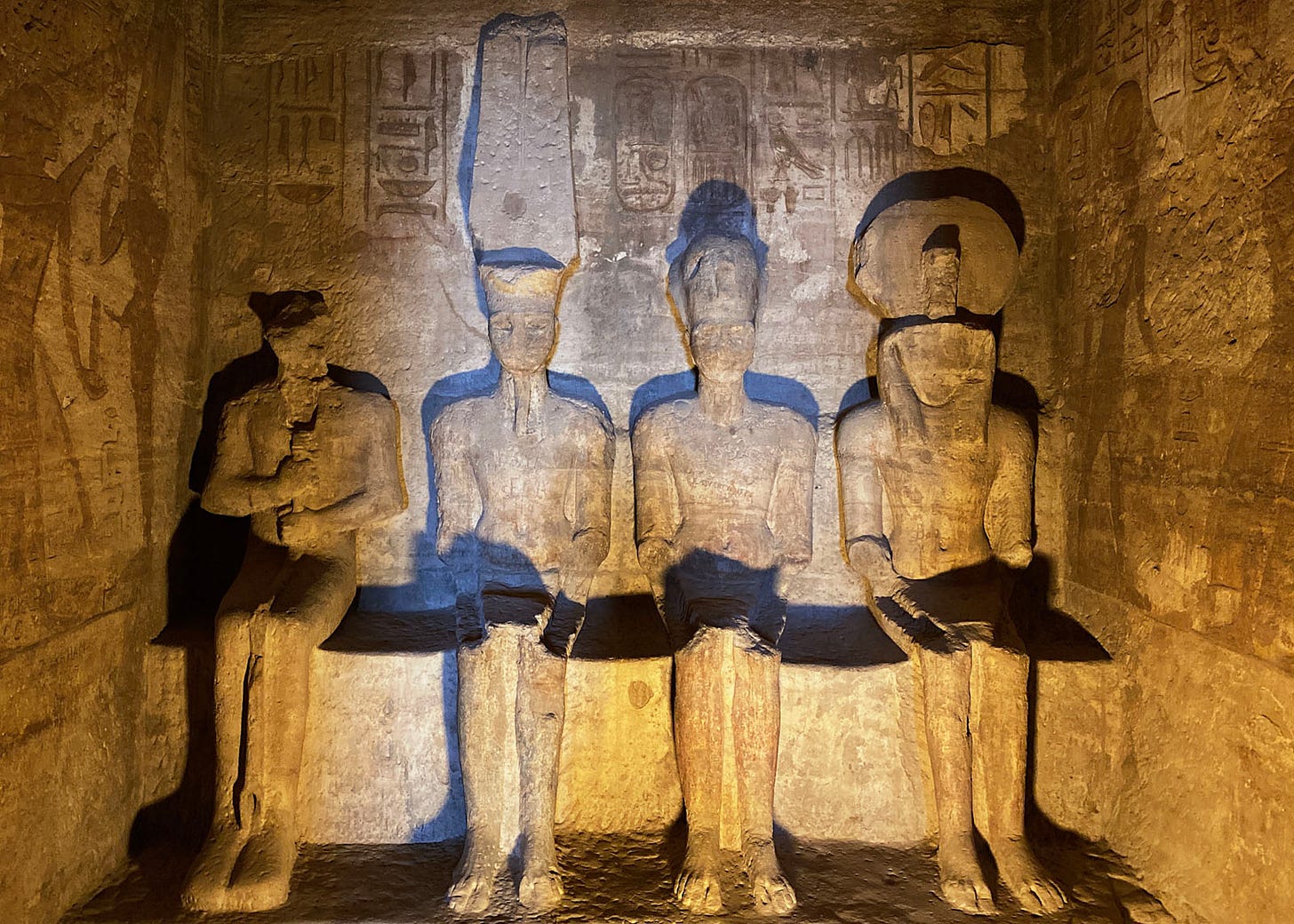
The Small Temple
The adjacent temple, dedicated to Queen Nefertari and the goddess Hathor, makes its own bold statement. Six standing colossi alternate between Ramesses and Nefertari, but remarkably, the queen’s statues are the same size as the pharaoh’s — an extraordinary honor that speaks to both her elevated status and Ramesses’ devotion.
Inside, Hathor’s cow-eared faces adorn the columns, and reliefs show Nefertari making offerings to the gods, reinforcing her role as divine queen and intermediary between mortal and divine realms.
While smaller than the Great Temple, this monument was also quite radical in its assertion that royal women could share in divine kingship — a message that would have resonated powerfully in Nubia, where queens traditionally held significant power.
** Please like and/or restack this post if you enjoyed it; it helps others to find it! **
Practical Information
Where: Lake Aswan, Egypt near the border with Sudan.
My Visit: 5 January 2020
Best For: Intrepid adventurers who cannot get enough of ancient Egyptian temples.
Pro Tip: Note that this is in the middle of nowhere, with minimal tourist infrastructure for hours. I visited with my sister and niece while staying in Aswan — the nearest city of any size, and itself worth a stay of a couple days.
Visiting here was a 3-hour drive each way, making the entire excursion a very long day trip. I was not convinced it would be worth an entire day, but my sister convinced me to do it — and rightly so.






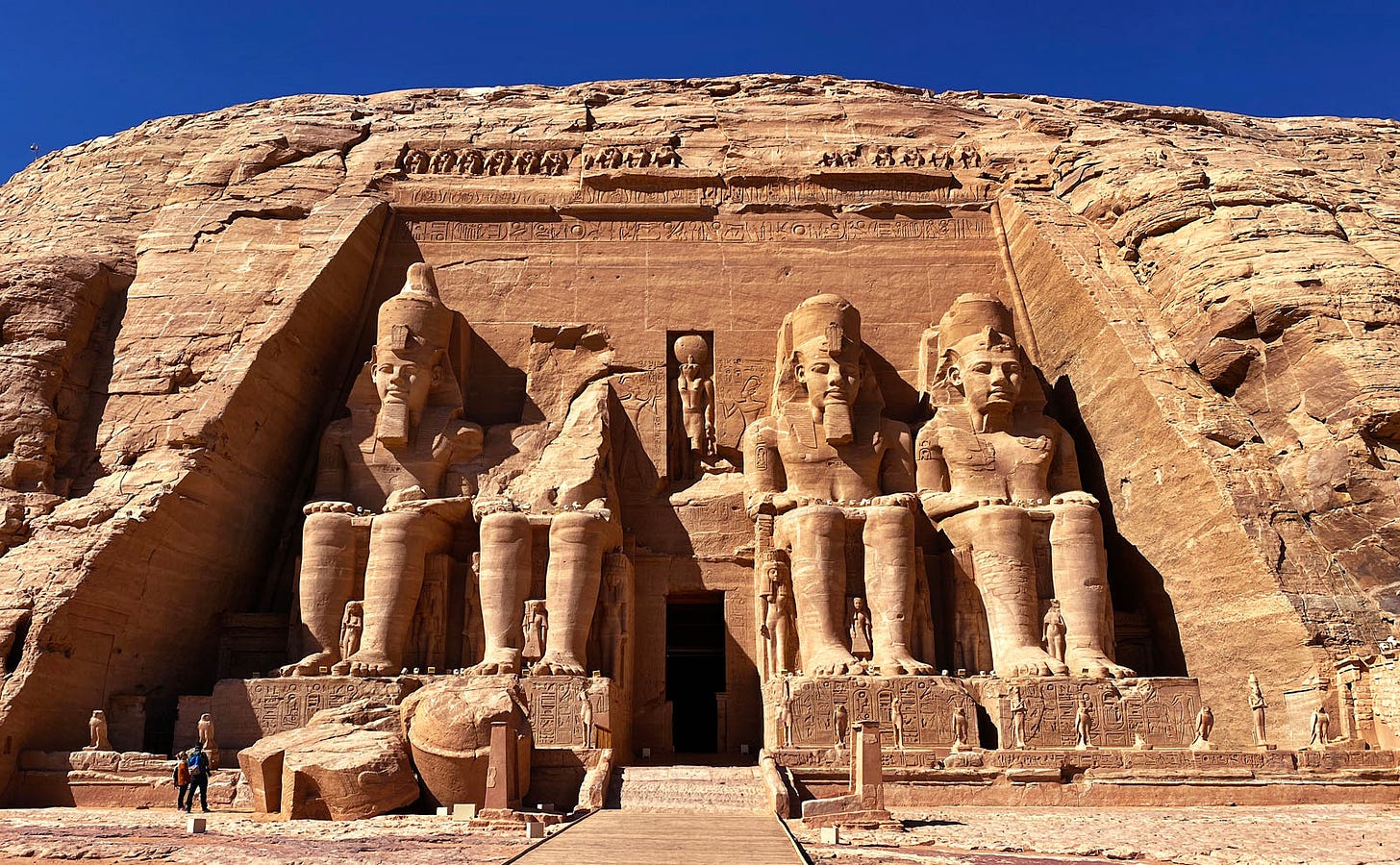
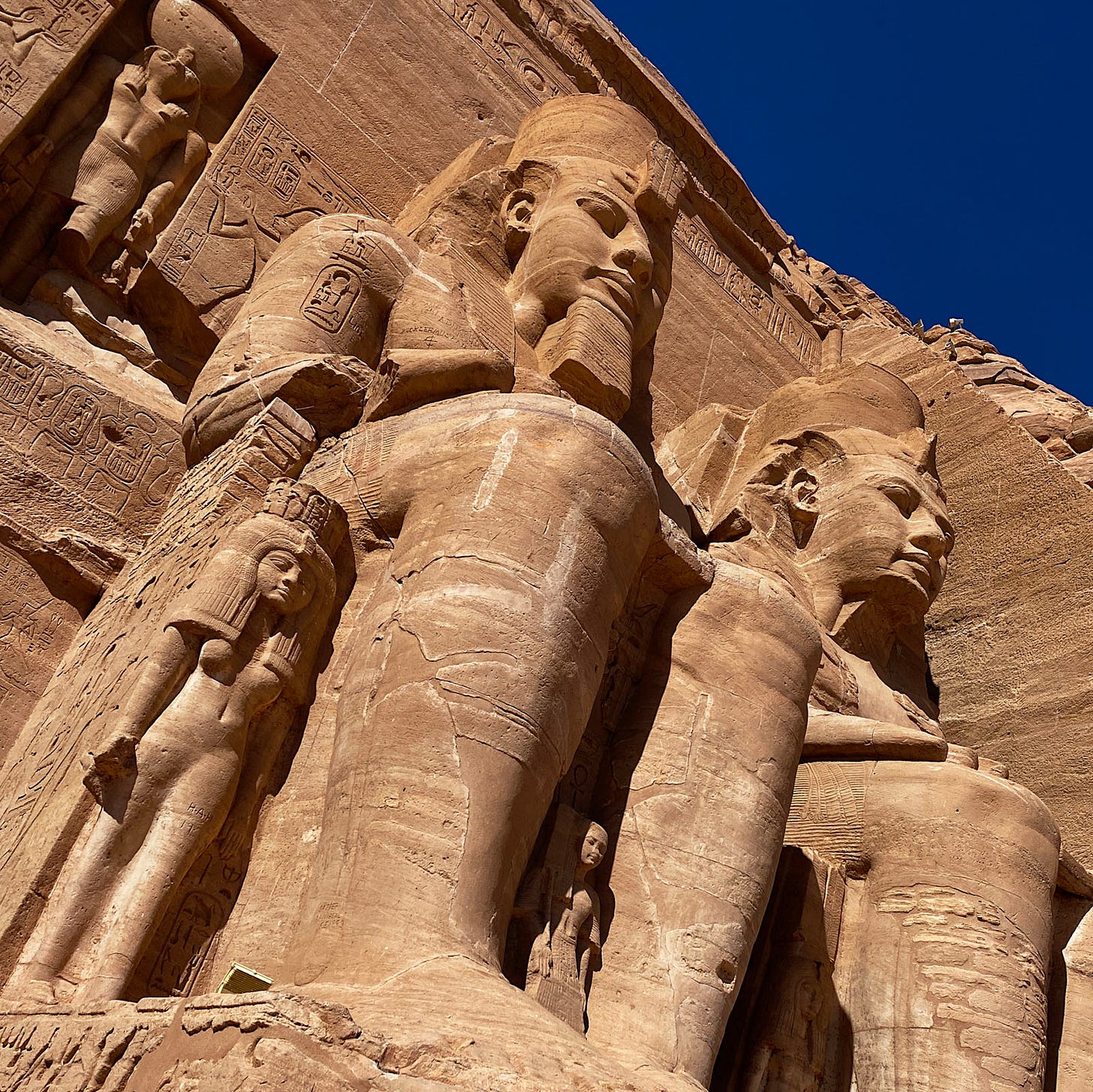
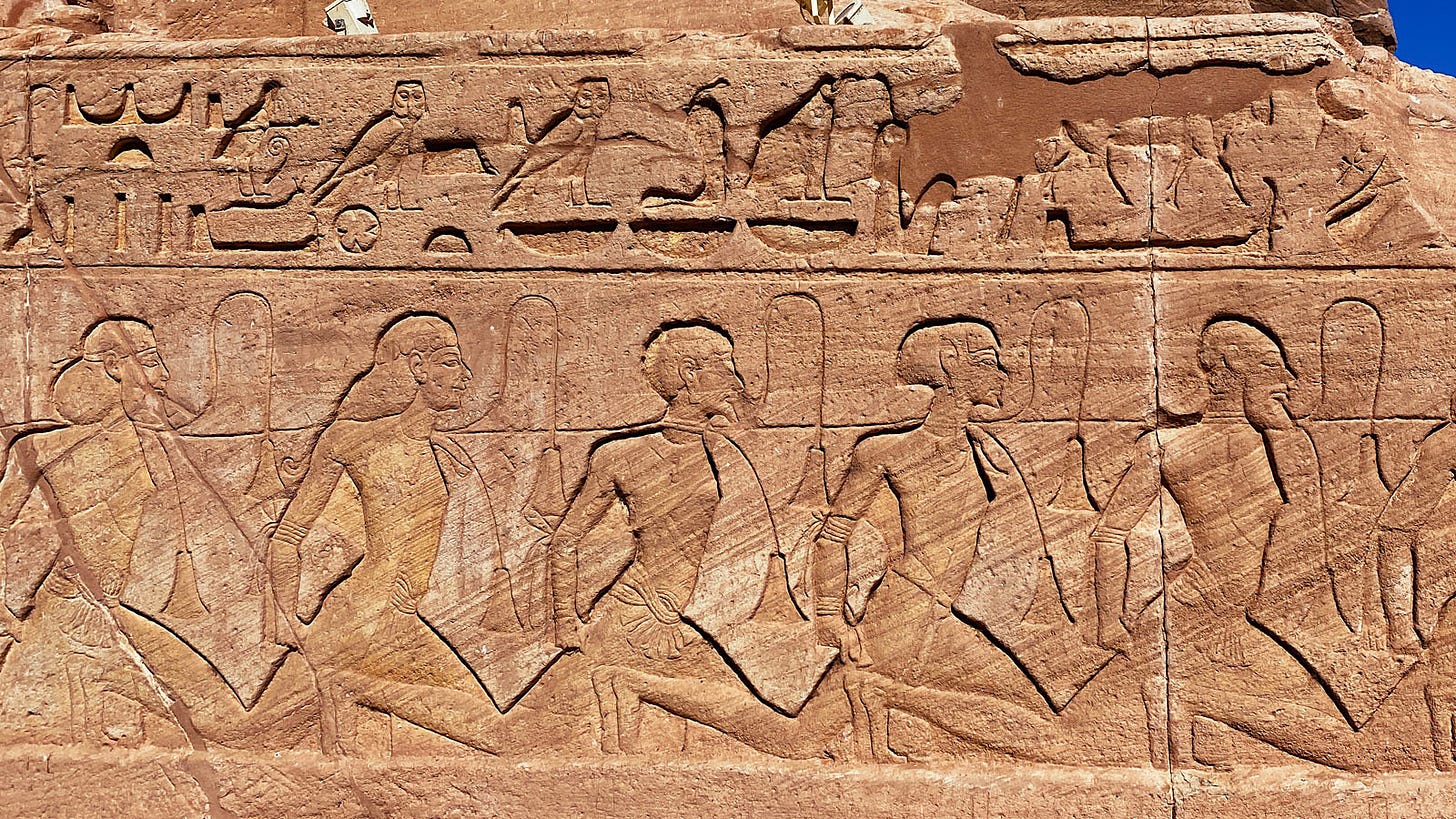
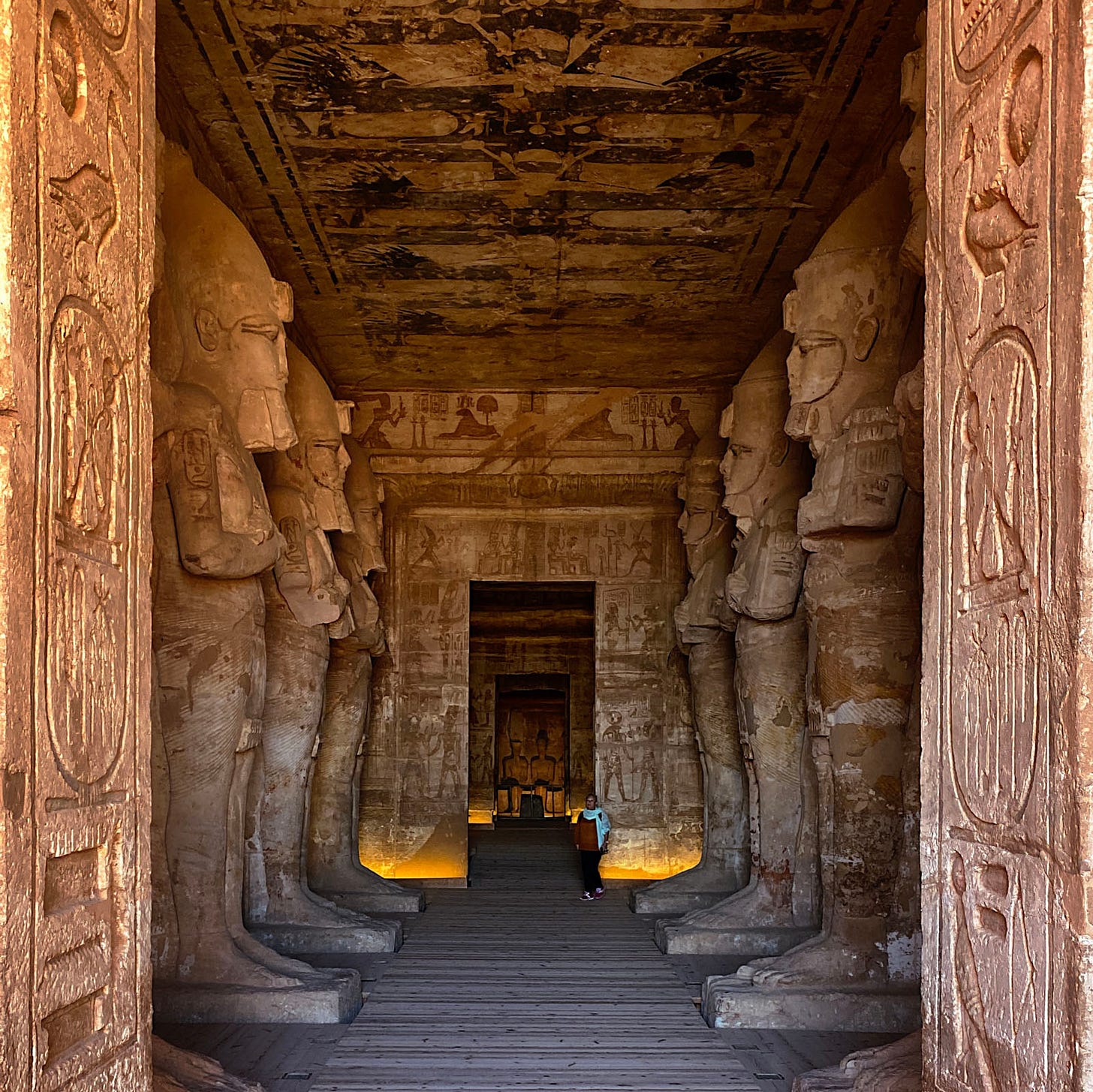

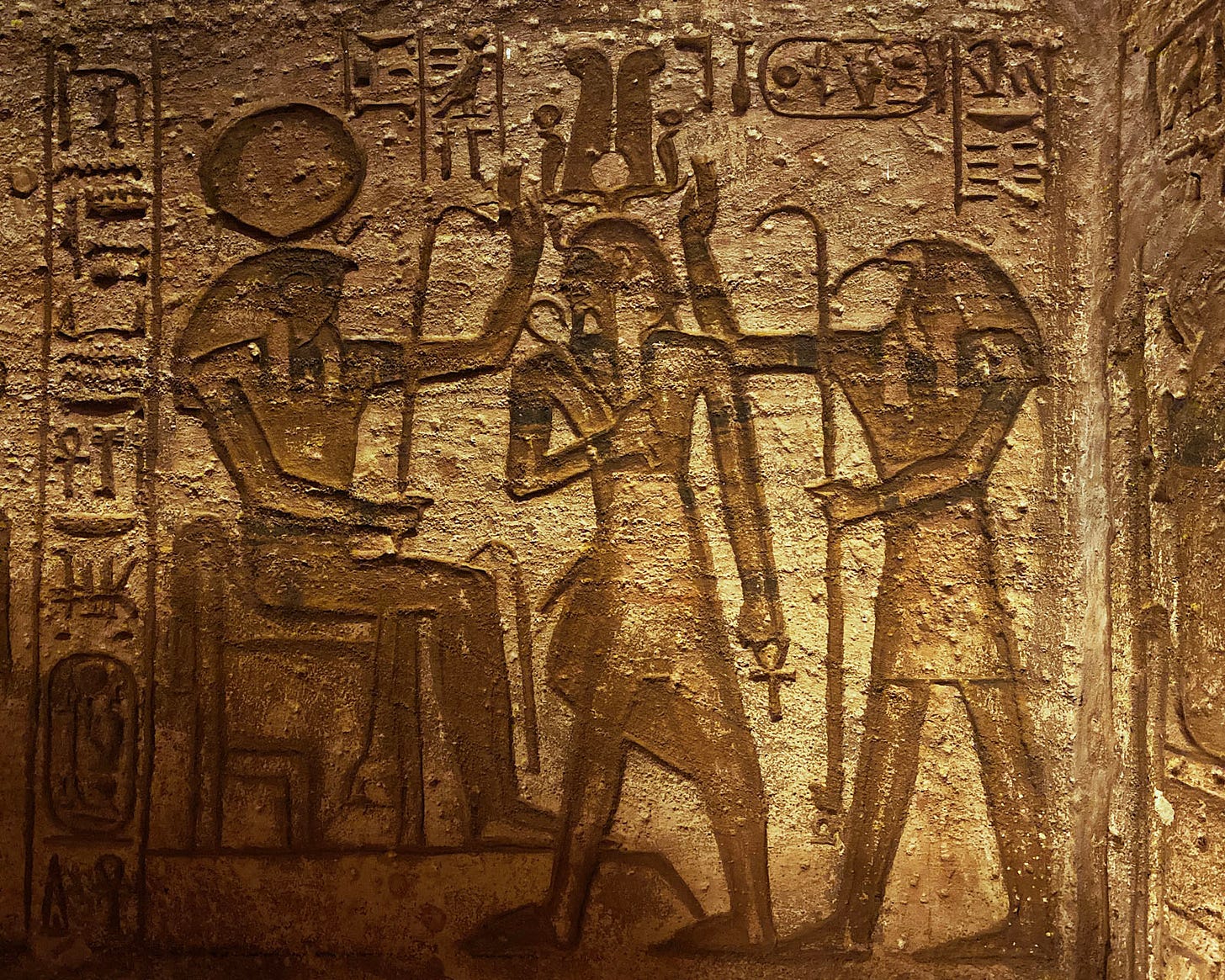
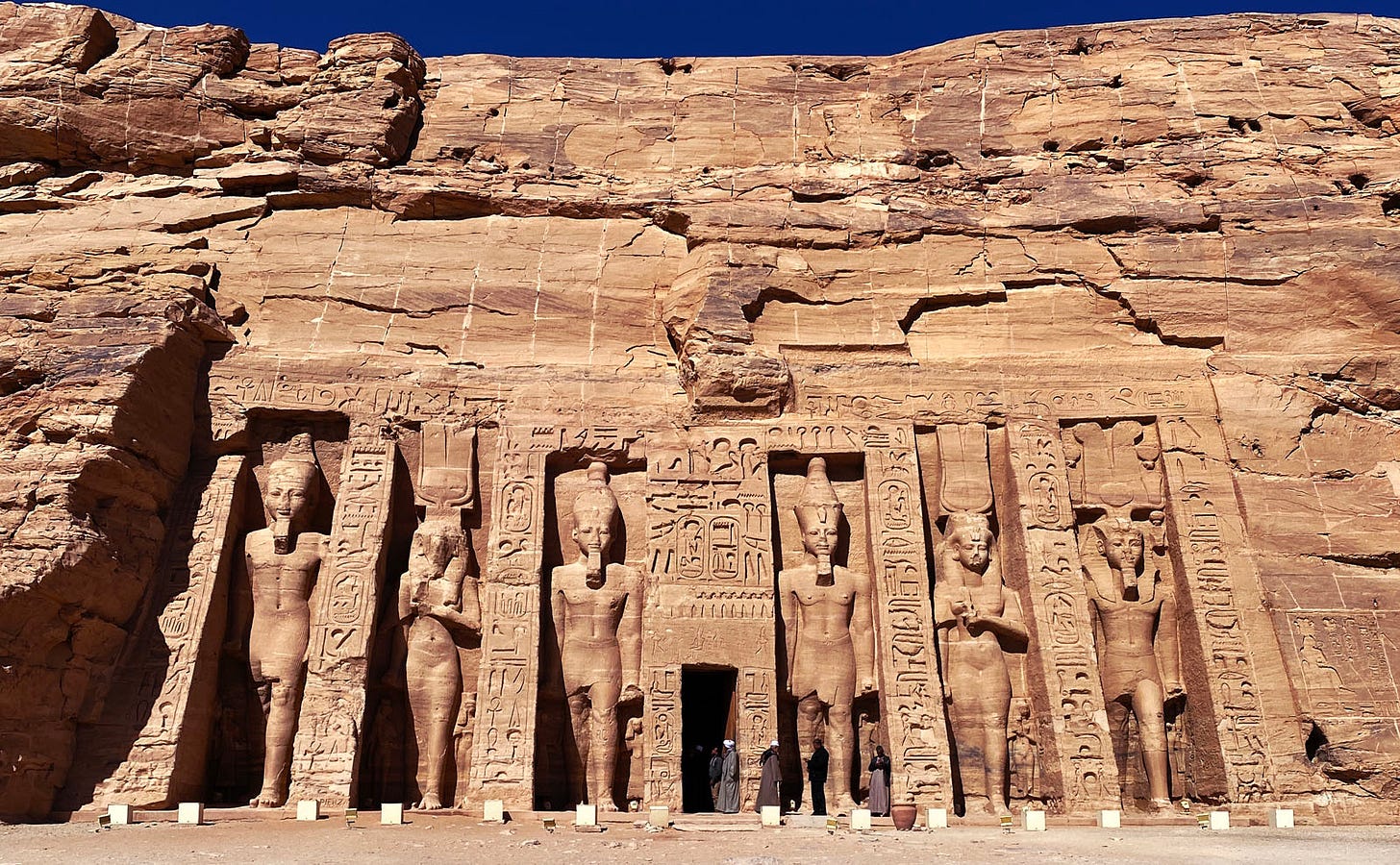
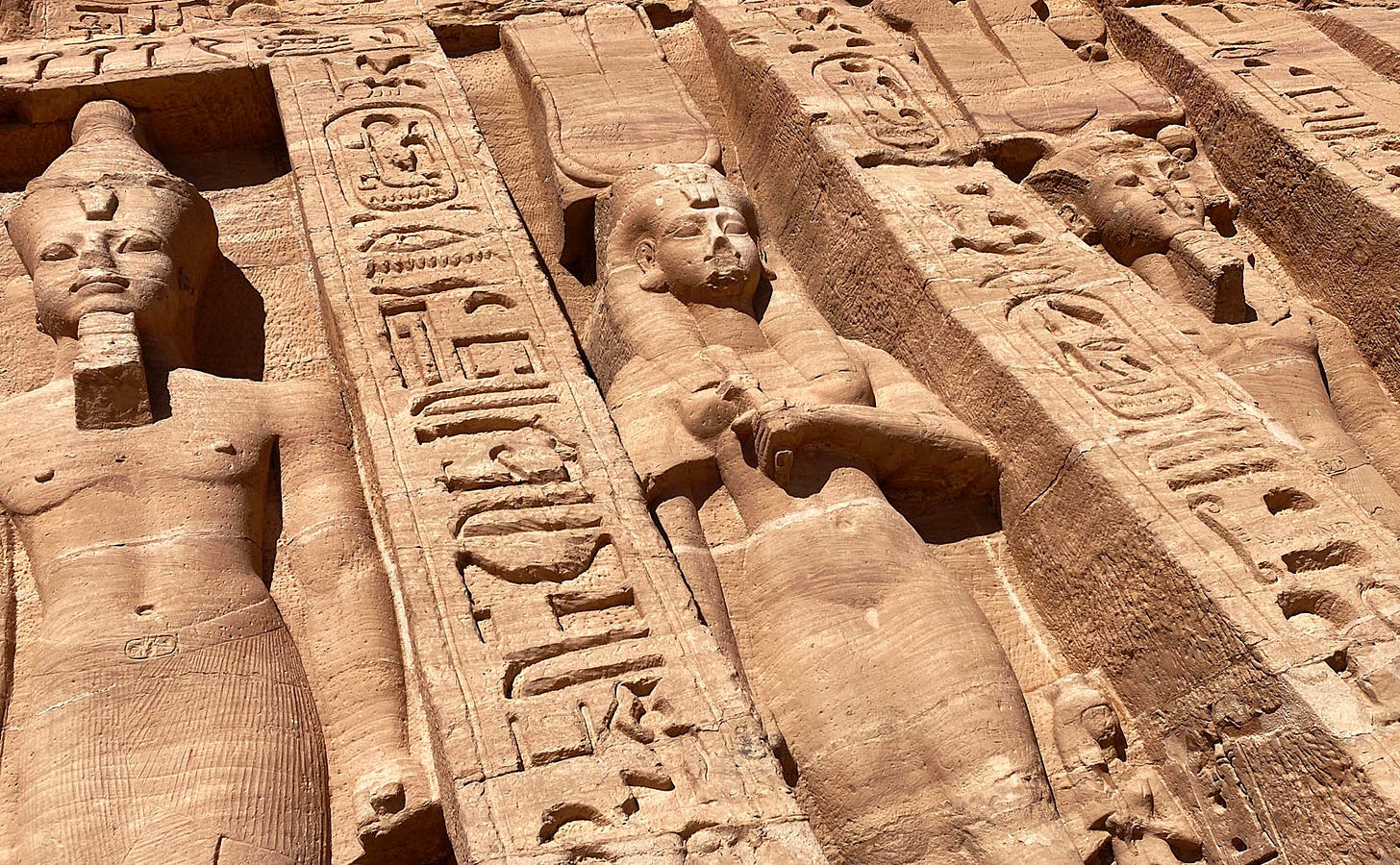
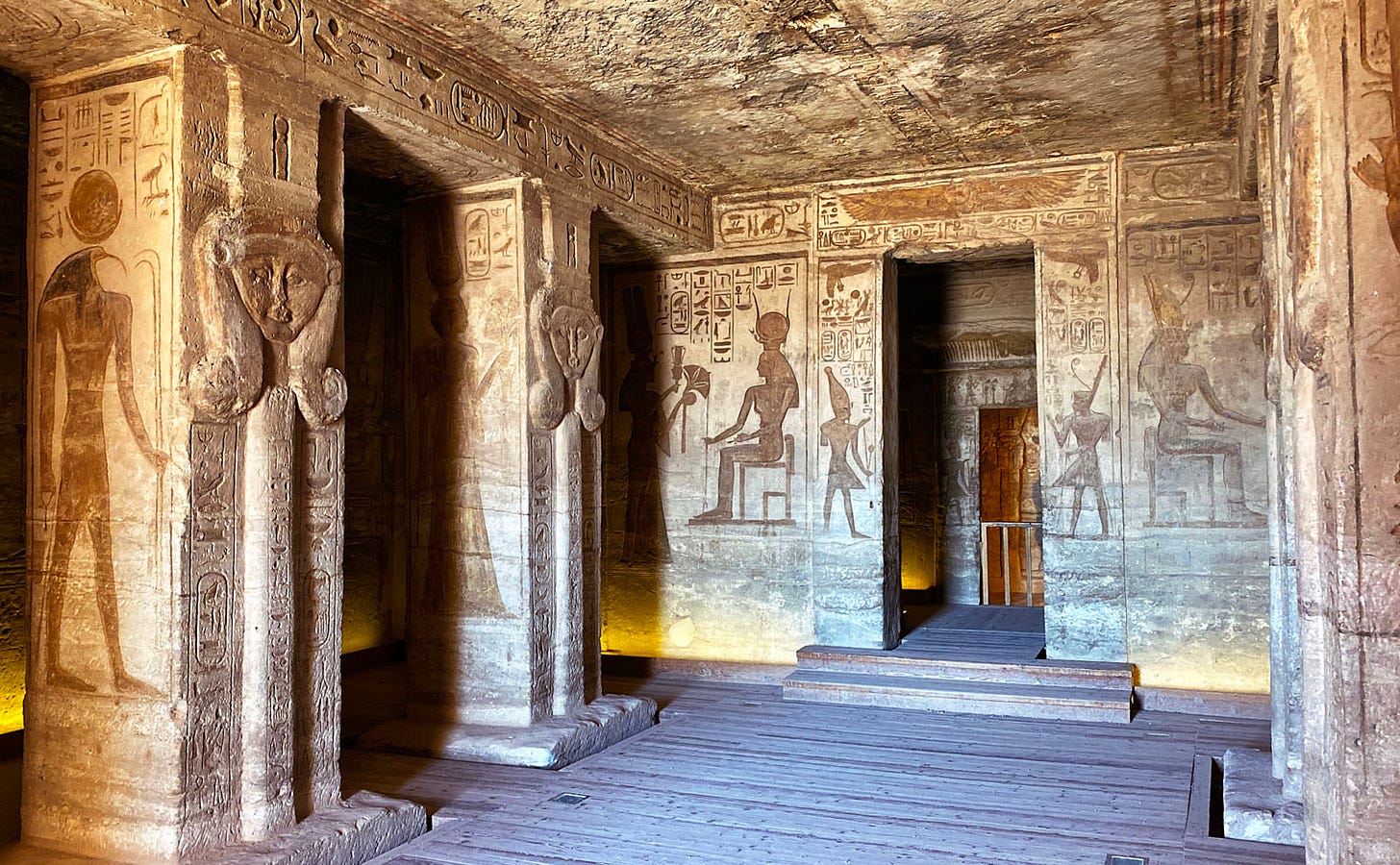

So intriguing! Both the past history and the more recent move. Thank you!
So incredible that they were moved! That must have been quite an operation